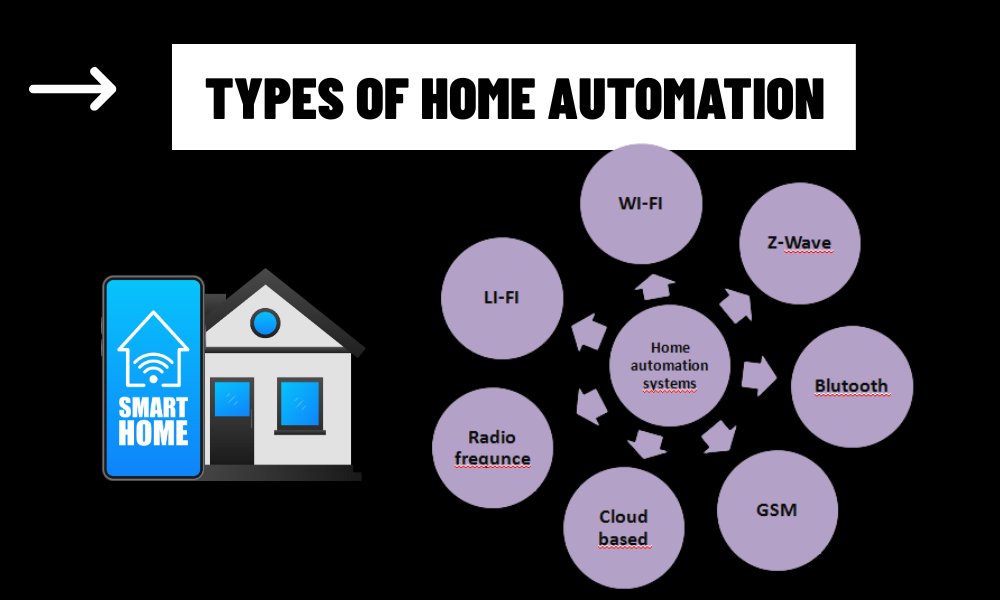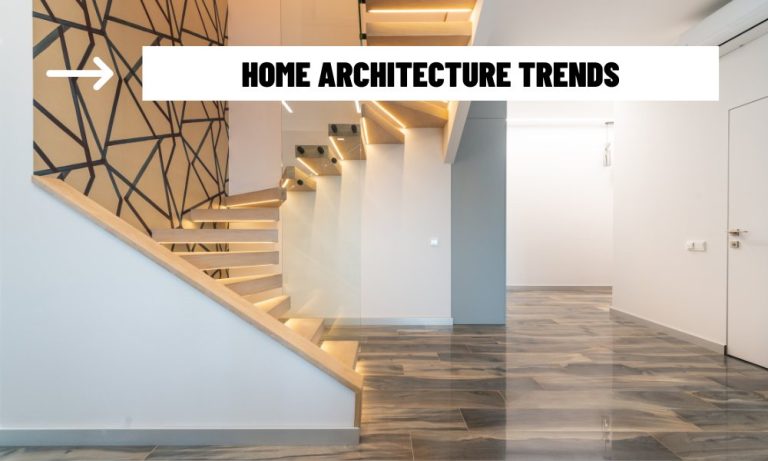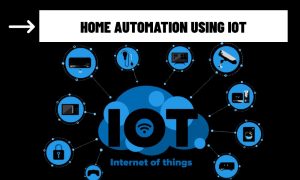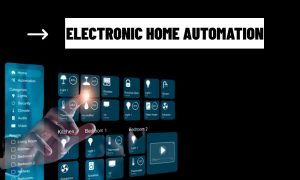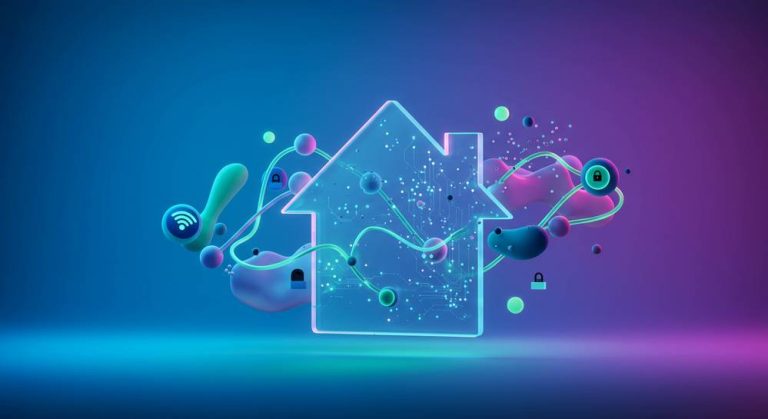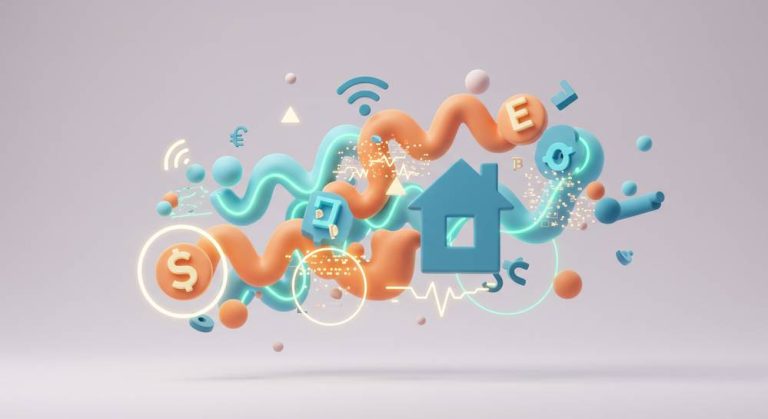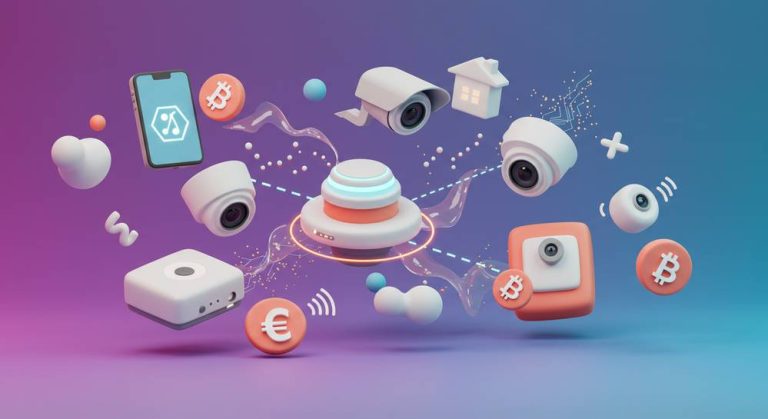Home automation is the integration of smart devices and systems in your home to make daily tasks more convenient, efficient, and secure. By connecting appliances and systems to the internet, you can control them remotely, automate actions, and monitor your home at all times. Here are the main types of home automation systems:
Types of Home Automation
1. Lighting Automation
Lighting automation allows you to control the lighting in your home remotely or through preset schedules. This includes dimming lights, changing colors, and turning lights on or off based on your presence or time of day. With smart bulbs and switches, you can create different lighting scenes for various activities such as reading, relaxing, or working.
Key Benefits:
- Energy savings by automating lighting schedules.
- Enhanced security with motion-triggered lights or lights that mimic your presence when you’re away.
- Convenience of controlling lights from anywhere via smartphone or voice assistant.
2. Thermostat Automation
Smart thermostats are designed to control the temperature of your home more efficiently. These systems learn your preferences over time and adjust heating or cooling based on your routines. They can be controlled remotely through an app, and some models even track weather patterns to optimize energy usage.
Key Benefits:
- Energy savings by automatically adjusting the temperature when you’re not home.
- Comfort by maintaining the ideal temperature when you are home.
- Remote control for convenient adjustments, whether you’re on vacation or at work.
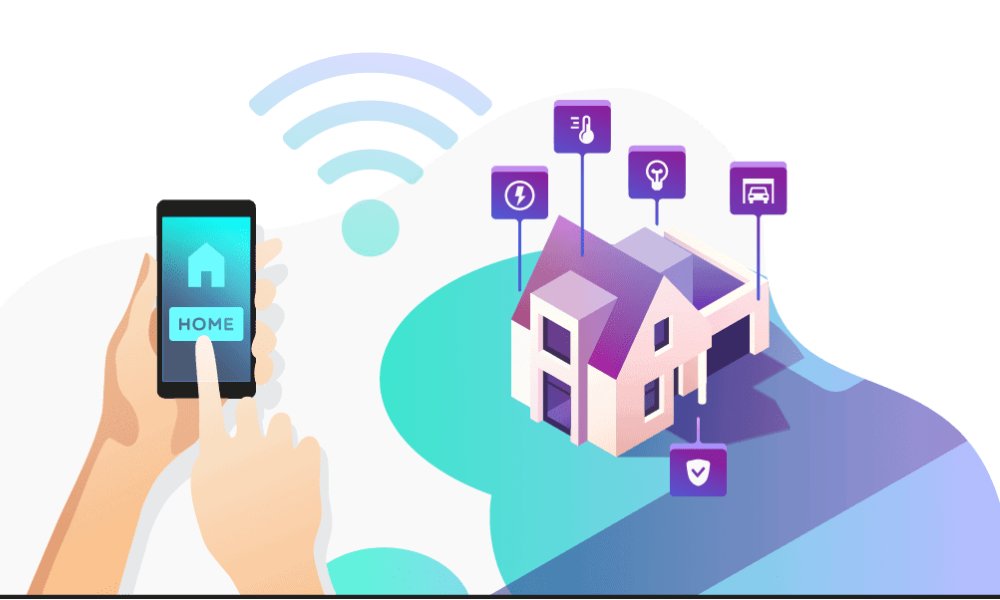
3. Security and Surveillance Automation
Security automation includes systems like smart locks, video doorbells, security cameras, motion detectors, and alarms. These systems provide real-time alerts, video feeds, and remote access, allowing homeowners to monitor their property from anywhere.
Key Benefits:
- Increased security with real-time notifications and surveillance footage.
- Remote monitoring to check in on your home from anywhere.
- Integration with other smart systems, such as lights and locks, for enhanced security (e.g., lights turn on when the door is unlocked).
4. Smart Appliances
Smart appliances, such as refrigerators, ovens, washing machines, and coffee makers, are designed to be controlled via smartphone apps or voice assistants. These appliances can be programmed to start or stop based on your preferences, and some even provide reminders for maintenance or ingredient usage.
Key Benefits:
- Convenience in controlling appliances remotely.
- Increased efficiency, such as preheating the oven while you’re out or scheduling laundry cycles.
- Energy management to monitor and optimize appliance usage.
5. Home Entertainment Automation
Home entertainment automation focuses on controlling audio and visual devices like TVs, speakers, and streaming services. Smart home entertainment systems can be managed via voice commands, smartphone apps, or remotes, allowing for easy control of everything from volume to input sources.
Key Benefits:
- Seamless control of all entertainment devices from a single platform.
- Integration with streaming services for easy access to content.
- Creating custom movie or music settings with voice or app commands.
6. Window Blinds and Shades Automation
Automating window blinds or shades gives you the ability to control the amount of natural light entering your home. You can schedule blinds to open or close at specific times of the day or control them via a smartphone app. Some systems are even integrated with weather sensors to adjust based on external conditions.
Key Benefits:
- Increased privacy and comfort by controlling light levels in the home.
- Energy savings by optimizing natural light and reducing heating or cooling needs.
- Convenience of automatic adjustments without manual intervention.
7. Voice-Controlled Automation
Voice-controlled automation integrates devices with voice assistants like Amazon Alexa, Google Assistant, or Apple Siri. You can use simple voice commands to control a wide range of devices in your home, from lights to locks to thermostats.
Key Benefits:
- Hands-free control of smart devices for convenience.
- Integration with other home automation systems for a seamless experience.
- Ease of use for everyone in the household, including children and elderly members.
8. Home Health Automation
Health automation focuses on devices that monitor and improve the health of residents in the home. This includes smart air purifiers, water filtration systems, and health monitoring devices such as smart beds, fitness trackers, and sleep monitors.
Key Benefits:
- Improved air and water quality for better health.
- Monitoring sleep patterns and health metrics to improve well-being.
- Integration with smart devices to track and optimize personal health.
Home automation offers a variety of ways to make your home smarter, more efficient, and more secure. Whether you’re interested in controlling your lighting, managing energy usage, or enhancing security, there are smart solutions to fit your needs. By combining different types of automation, you can create a personalized, connected home that makes your everyday life simpler and more convenient.
